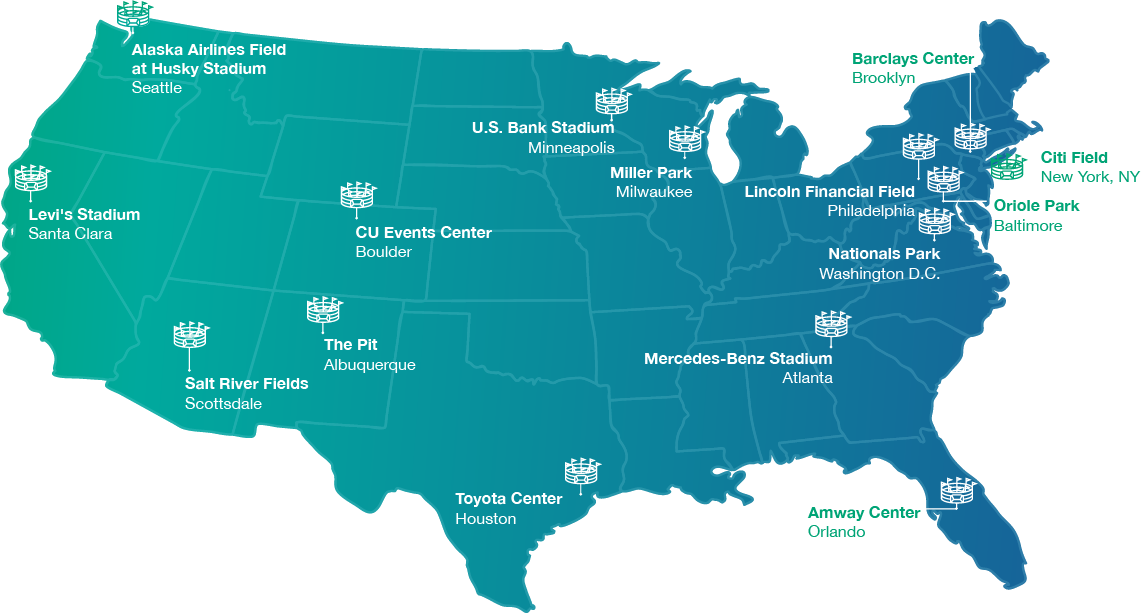The LEED building movement is gaining ground in the US, and sports stadiums are
at the forefront of a green construction industry that’s bringing innovative designs
and forward-thinking sustainability programs to the field.
In fact, for building complexes that have traditionally had an extremely large
impact on the environment, LEED-certified stadiums are not only promoting
sustainable construction methods and materials, but also showing just how far
LEED can be taken with existing buildings through the integration of renewable
energy sources, better waste management and recycling solutions,
and even food donations and educational programs.
Here, we take a look at some of the most famous stadiums
in the US and how they’ve achieved LEED status.

